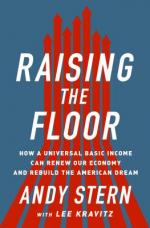Time was, Time is… November 2011
- Books
- 17th century
- 18th century
- Benjamin Franklin
- colonial America
- cookery
- Cotton Mather
- Mayflower Compact
- Native Americans
- Plimoth
- plymouth
- Thanksgiving
- traditions
- May We Suggest
- Government/Law
- History
- Biography
November 17, 2011 | madame librarian
Happy Thanksgiving. How much do you really know about the early years of America's formation?
 Mayflower: a story of courage, community, and war by Nathaniel Philbrick
Mayflower: a story of courage, community, and war by Nathaniel Philbrick
 The pox and the covenant: Mather, Franklin, and the epidemic that changed America's destiny by Tony Williams
The pox and the covenant: Mather, Franklin, and the epidemic that changed America's destiny by Tony Williams
 Patriot pirates: the privateer war for freedom and fortune in the American Revolution by Robert H. Patton
Patriot pirates: the privateer war for freedom and fortune in the American Revolution by Robert H. Patton
 American tempest: how the Boston Tea Party sparked a revolution by Harlow Giles Unger
American tempest: how the Boston Tea Party sparked a revolution by Harlow Giles Unger
 Thanksgiving: the American holiday by Laurie Collier Hillstrom
Thanksgiving: the American holiday by Laurie Collier Hillstrom

